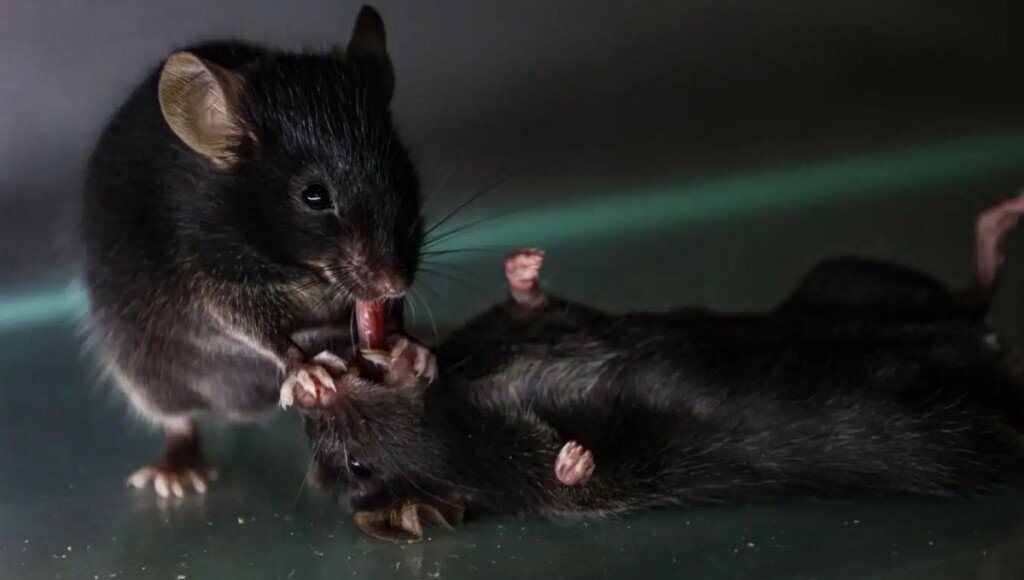Mice Discovered Giving ‘First Aid’ to Unconscious Mates in Surprising Display of Empathy

When presented with an unresponsive acquaintance, a mouse may attempt to revive them by pawing and gently biting at their face, scientists recently reported.
A third behavior was also seen, however, and that involved the attendant mouse removing the unconscious peer’s tongue in a manner nearly identical to ‘clearing the airways,’ the first step in human CPR.
Together the demonstration shows how mice and other animals may be far better caregivers than previously thought.
Li Zhang at the University of Southern California introduced caged mice to a comrade who had been anesthetized, and watched as the mouse spent nearly half of a 13-minute observation window attending to the sedated individual.
“They start with sniffing, and then grooming, and then with a very intensive or physical interaction,” says Zhang. “They really open the mouth of this animal and pull out its tongue.”
The grooming interactions often involved licking the mouse’s eyes. In the case of the tongue removal maneuver, this was observed in more than 50% of all the trials run by Zhang.
Once this behavior had been established, Zhang and his team inserted non-toxic plastic balls into the mouths of the mice after sedation, and watched how in 80% of the encounters, the attendant mouse removed the ball.
Behavioral changes were also observed. Caregiving or attending behavior stopped once the sedated mouse became responsive again, whilst the sedated mouse began moving faster, quicker than a mouse that awoke without an attendant.
Mice spent more time attending to mice they knew better.
SEE MORE: Elephants Are the First Non-Human Animals Now Known to Use Names, AI Research Shows
“I have never observed these types of behaviors when we run experiments in the lab… ” Cristina Márquez at the Center for Neuroscience and Cell Biology in Coimbra, Portugal, told New Scientist, who also commented on how Zhang’s findings were replicated in two other studies recently.
“The fact that three independent laboratories have observed similar behaviors indicates that this is a robust finding. However, we should be really careful about anthropomorphising too much what we observe in non-human species or attributing intentions that go beyond what is observed.”
Zhang compared the behavior to using smelling salts (or a slap) to wake someone, and clearing the airways is one of the most basic steps after arriving at an unconscious person.
LET’S LOVE ANIMALS MORE: Study Shows Wild Kangaroos Can Intentionally Communicate With Humans
Neuronal activity during the behavior shows that it was driven by a release of oxytocin in the regions of the brain called the amygdala and thalamus. Oxytocin is an important signaling hormone related to caring, love, and empathy.
The research makes one hearken back to the Ploughman Poet’s immortal words:
I’m truly sorry man’s dominion
Has broken nature’s social union,
And justified that ill opinion
That makes you startle
At me—thy poor Earth-born companion, and fellow mortal.
Robert Burns—To a Mouse on Turning Up Her Nest with a Plough.
WATCH the behavior on video from New Scientist…
SHARE This Startling Display Of Caregiving With Your Friends…
>read more at © GoodNews
Views: 0